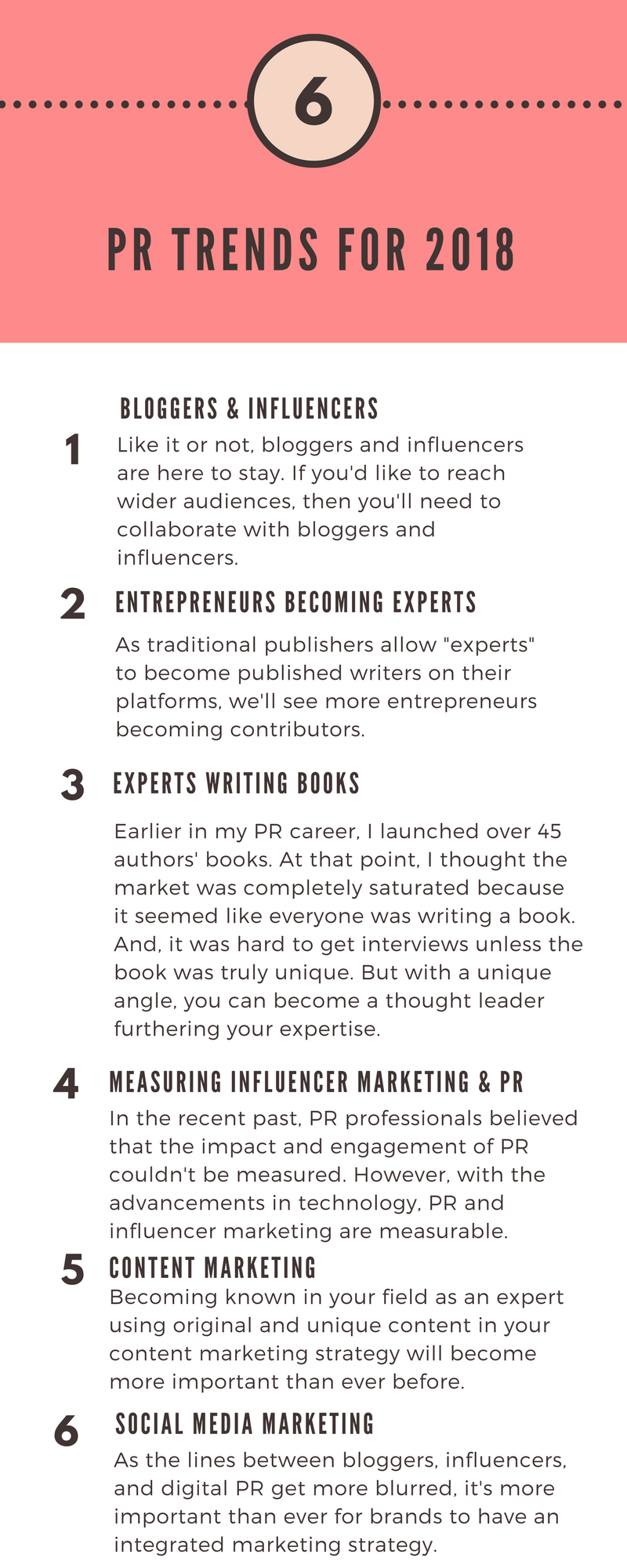Building and optimizing your website from an amateur’s point of view
/By: Rachel Kassinger & Rebecca Britton, co-founders of Twinnks
When we decided to start Twinnks, we knew it would be primarily sold online. Therefore, our website and online presence were very important. If you’ve seen our previous blog post, you know how we feel about preparing as well as you can before you launch your company. Since a lot of startups don’t have the capital to hire a web developer—at least we certainly did not—we had to turn to good ole fashion learning-and-doing-it-ourselves.
Building your website
Luckily, there are a ton of eCommerce-ready sites designed for beginners. As a full-time Marketing Manager, I’m most familiar with WordPress, so that’s what we used. The platform offers a ton of themes and tutorials to walk you through building your website. There are a few reasons why it's so important to start building a website early:
You can secure your domain. Even if you aren’t ready for the website to launch, you can have at least have the domain in place and use a “draft” site until you’re ready to go for it.
You’ll learn how to navigate the website. The last thing you want is to have a live eCommerce site and no idea how to change text, pictures, or products. Don’t add stress.
You’ll start understanding what you really need out of the site. With WordPress, you’re not stuck with the theme you select. You can change it out if you start working with one and realize it's missing functionality that you realize you need.
If you’re planning to sell your product primarily online, sites like WordPress and Shopify have a very user-friendly eCommerce integration. However, it may be smart to learn what you can about setting up your online store, then hire a freelance web designer to implement it. If there is one place to spend a little money on your website, I personally think it is on the eCommerce end. You want it to be as secure and customer-friendly as possible and while I’m pretty confident in my WordPress skills, that part makes me a little nervous.
Optimizing your website
If you’ve done any preliminary research on building websites, you’ve probably seen the term “SEO” 100 times. In the most basic sense, SEO (search engine optimization) is a strategy to get your site to come up on search engines organically, increasing the quality and quantity of website traffic. What good is having a website if Google can’t find it?
Below is advice to help your website come up through the ranks.
1. Research Keywords
What keywords or search phrases best describe the product you’re offering? If someone Googles it, will you come up? The main purpose of SEO is to help those who are looking for you to find you. Therefore, your content needs to match the phrases people are searching for. Tools like Google Keyword Planner, which is free, allow you to type or upload various keywords and they’ll give you the trends based on actual Google searches. They also tell you how competitive the keywords are and give ideas for new ones. The goal is to find keywords that have:
● High search volumes
● Low competition
● Relevance to your product
Depending on your product, it can be difficult to zero in on search terms that offer all three of those factors, especially high search volumes and low competition. If a lot of people are searching for it, chances are competition is high. So start focusing on “long tail” keywords. Long-tail keywords are more specific, so they tend to have lower traffic, but collectively give you better results in the long run. For example, Twinnks is a comfortable t-shirt bra that doesn’t show lines under clothes.
When you type in “t-shirt bra” or even “comfortable t-shirt bra”, there are millions of other bra companies that come up. It’s going to be very hard to secure a good spot on Google against so many other options. However, “no bra lines” or “t-shirt bra that doesn’t show lines” is much more specific and even though it’s not a common search phrase, I definitely want those people to find my website because they’ll likely convert.
Great! You’ve identified the key search terms. Now, where do you use them?
2. Incorporate Keywords
If you have a blog (Which you should. Read our thoughts on that in this post), use those terms and phrases throughout your posts and in your website’s product descriptions. Lastly, install an SEO plugin on your website. If you’re using WordPress, I recommend Yoast. It lets you put in title tags and focus keywords for each page. It also analyzes your content for readability and gives suggestions on how to improve it. They have an extremely helpful blog and SEO courses to help you understand this insane and every-changing optimization nonsense.
3. Monitor your site
In order to see how your SEO is doing, you’ll need to monitor it. If you haven’t already, get Google Search Console. It’s a free service Google offers that monitors your site for search queries, page rank, impressions, and click-through rate. It also allows you to submit content to be crawled, shows you any errors, and how to fix them and much more. It’s a great tool and again, it’s free.
4. Patience is a Virtue
Once you optimize your site, let it run for a little bit. Don’t expect to incorporate your keywords and immediately see them on Google. As mentioned above, submit your site to be crawled through the Google Search Console and keep an eye on the traffic results, but be mindful that it may take a few months to see the results. Your page rank and queries should start improving within a week or two, but seeing real conversions tend to take a little longer, unfortunately.
5. Keep Learning
Google also makes minor changes to its SEO algorithm 500-600 times a year, so every once in a while read SEO blogs and articles to make sure you’re all up to date. I recommend the following blogs/courses:
● Yoast
● Kissmetrics
● Moz
If you find yourself struggling, you can always consult with professionals who have in-depth knowledge and expertise in the field of SEO for websites of all sorts. Seek out someone who specializes in your niche. This could be SEO for franchises, for example. They’ll be able to maximize your site’s potential, helping you to scale the search engine rankings and maximize your sales and profits as a result.



